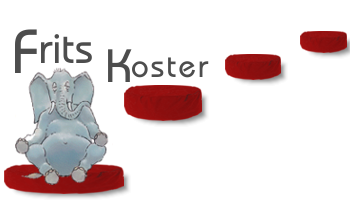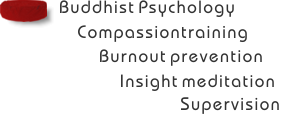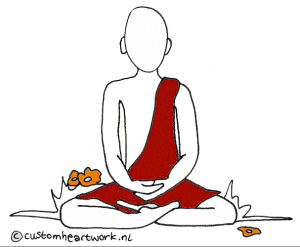Basic Instructions for the Practice of Insight Meditation
A very suitable way to develop or train the mind is the practice of meditation. Meditation can be viewed as an effective way to come to rest, relaxation and develop wisdom and compassion. We can see it as a physical, sensory, mental and emotional process of awakening; a training in which the mind returns to its original flexibility and malleability. Just as an old and creaking door opens more easily and less noisily when we oil the hinges every so often, in the same way our lives can be oiled with the wholesome and healing powers of concentration and mindfulness.
There are many types of meditation, which all have their value. On this webpage we would like to present some basic instructions in how we can practise Vipassana or Insight Meditation.
This clear seeing gets us in touch with our mental, physical and emotional processes and patterns. We can wake up from living on automatic pilot, and learn to live life more fully, open-minded and open-hearted, with less fear and clinging, and more compassion and contentment. In this changing world, faced by materialism, economic problems and information overload, it is important that we learn to get in touch again with that which is beyond gain and loss, beyond hope and fear. Through vipassana or mindfulness practice we learn to relate to the suffering of ourselves and others more wisely, not getting overwhelmed by it, nor becoming indifferent to it.
Vipassana Meditation
Vipassana meditation (also called insight or mindfulness meditation) originated in the Theravada tradition, the form of Buddhism practised in Southeast Asia. Vipassana means ‘clear seeing’. Through observing our experience, from moment to moment, with compassionate awareness, we begin to see more clearly, without immediately reacting to or getting absorbed into what we experience.




